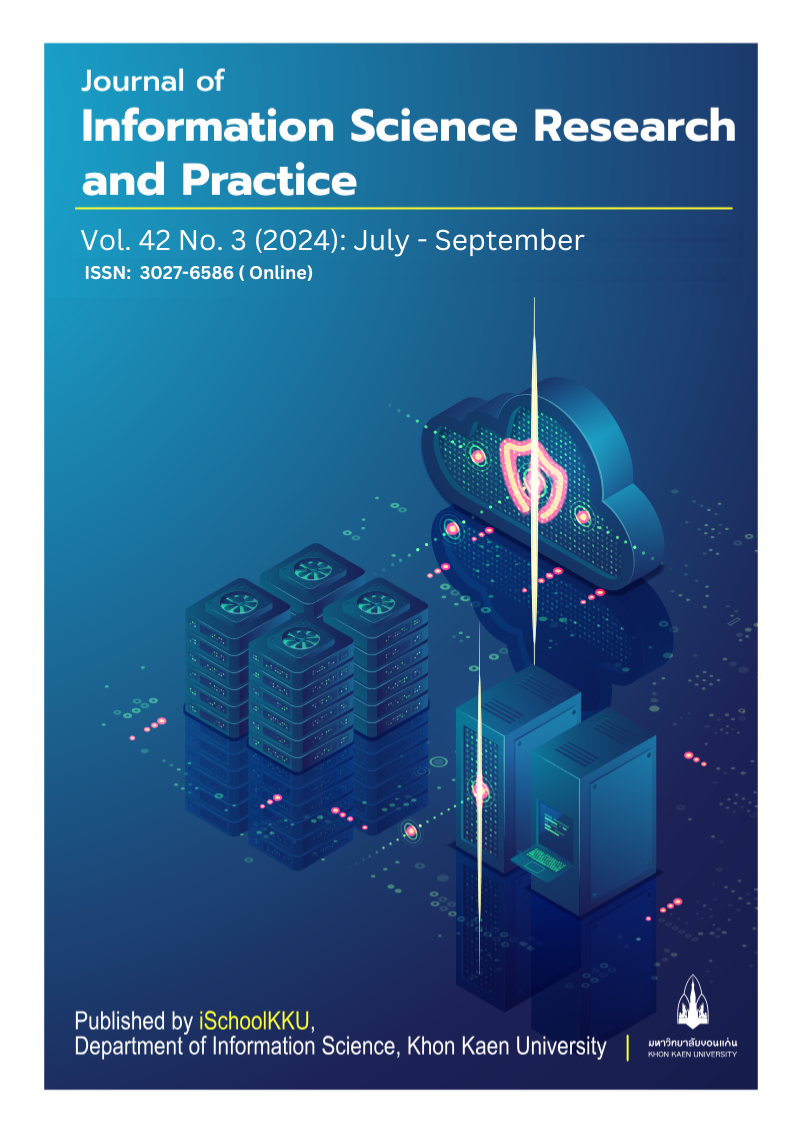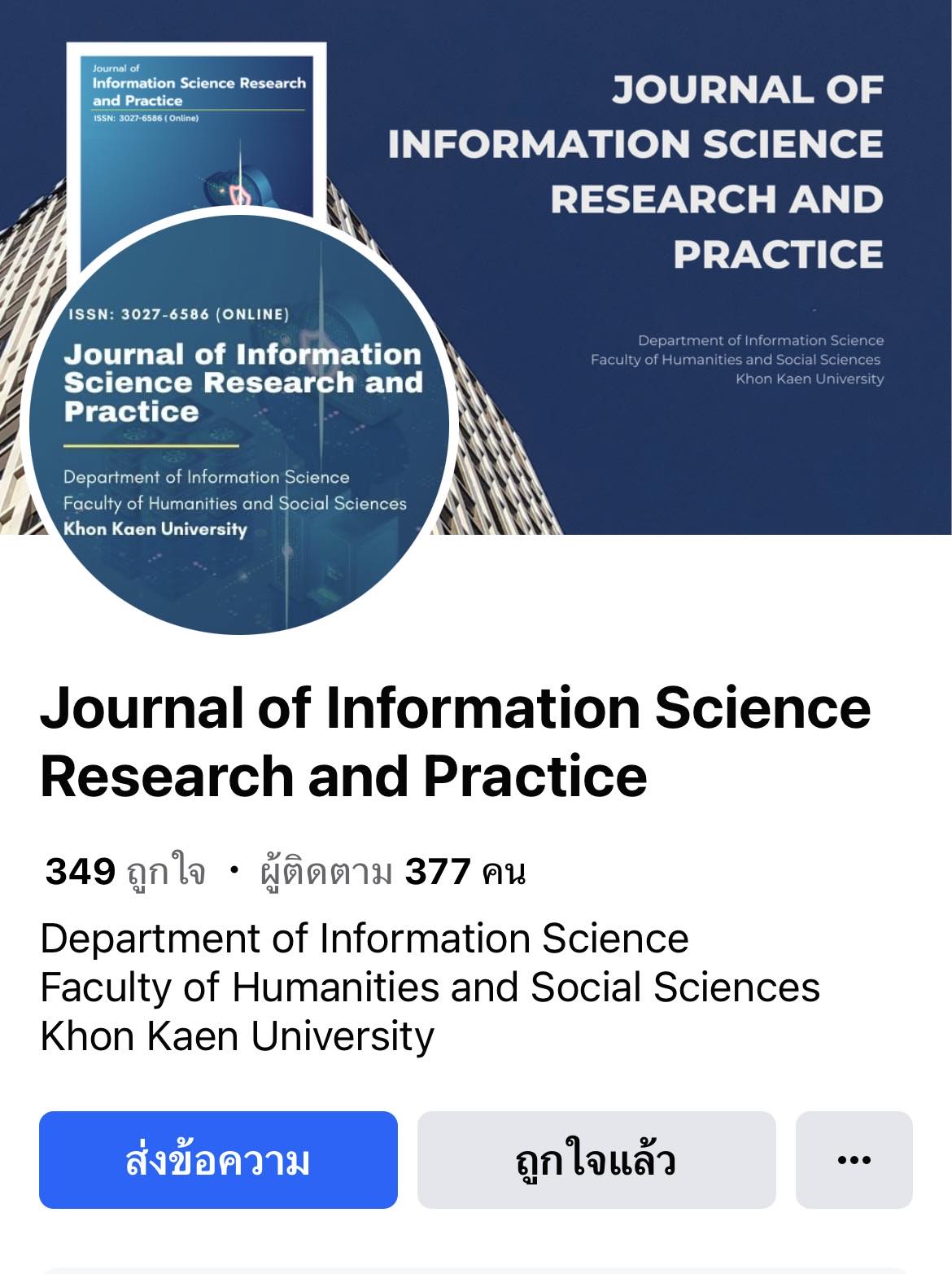Spatial Changes Along the Mekong River Chiang Rai by Object-Oriented Classification
DOI:
https://doi.org/10.14456/jiskku.2024.18Keywords:
Spatial Changing, Land Use Change, Satellite Images, Object-Based ClassificationAbstract
Purpose: This study aimed to analyze the spatial changes of the Mekong River and the land use along the Mekong River in Chiang Rai province.
Methods: Spatial changes from medium to high-resolution satellite images were analyzed using object-based classification, followed by accuracy verification through field surveys. Land use characteristics were provided by the Department of Land Development and Google Earth, using open-system geographic information programs (SAGA GIS and Q-GIS) free of charge. The proportions of spatial changes were then compared for the years 1996, 2001, 2007, 2011, and 2019.
Findings: A study of spatial changes along the Mekong River found that the changes are related to the economic development policies of the region and the national economy. It was also found that using very high-resolution satellite images in object-based classification improves accuracy and consistency with the real area. The accuracy rates for the years 1996, 2001, 2007, 2011, and 2019 were 88%, 97.14%, 96.29%, 96.29%, and 98.29%.
Application of this study: The study of spatial changes in the Mekong River area since the development of the first electric power dam provides results and maps that can be communicated to the public sector to increase awareness of the overall picture. These changes can be used for planning land use. For the academic, public, and private sectors, the study results can inform area development planning to suit the context of the administrative area they manage in the future.
Downloads
References
Amalisana, B., Rokhmatullah, & Hernina, R. (2017). Land cover analysis by using pixel-based and object-based image classification method in Bogor. IOP Conference Series: Earth and Environmental Science, 98, 012005. https://doi.org/10.1088/1755-1315/98/1/012005
BBC Thai. (2020). Mekong River: satellite data shows Chinese dams hold massive water making the downstream of the Mekong more severely dry. Retrieved from https://www.bbc.com/thai/thailand-52276706
Blaschke, T., Kelly, M., & Merschdorf, H. (2015). Object-based image analysis: evolution, history, state of the art, and future vision. In Remote sensing handbook. Volume I, Remotely sensed data characterization, classification, and accuracies (275–290). Boca Raton: Crc Press.
Charoenpanyaying, S., Rudjanakanoknad, J. (2017). Study of cross-border trade and transportation capability after the opening of the 4th THAI-LAO Friendship Bridge (Chiangkhong-Huay Xai). (In Thai). Retrieved from http://www.cuti.chula.ac.th/research/437/
Galletti, C., & Myint, S. (2014). Land-use mapping in a mixed urban-agricultural arid landscape using object-based image analysis: a case study from Maricopa, Arizona. Remote Sensing, 6(7), 6089–6110. https://doi.org/10.3390/rs6076089
Geo-Informatics and Space Technology Development Agency. (2009). Space technology and geo-informatics (1st ed.). Bangkok: Amarin Printing and Publishing Public Company Limited.
Geo-Informatics and Space Technology Development Agency. (2021). Mekong river crisis from satellite. (In Thai). Retrieved from https://www.gistda.or.th/news_view.php?n_id=1262&lang=TH
Jensen, J. R. (2016). Introductory digital image processing: a remote sensing perspective (4th ed.). Glenview, Il: Pearson Education, Inc.
National Oceanic and Atmospheric Administration. (2023). What is remote sensing?. Retrieved from https://oceanservice.noaa.gov/facts/remotesensing.html
Ruthamnong, S. (2012). Object-based image analysis. (In Thai). Retrieved from https://www.gotoknow.org/ posts/492648
Siripongtugsin, N. (2011). The impact of the government's rubber policy on rubber plantations in Thailand. (In Thai). Research and Development Journal Suan Sunandha Rajabhat University, 11(2), 129-140.
Thamboona, A., Som-ard, J., Bunchai, P. (2019). The land use changes effect on agricultural production process at Mekong riverside in that Phanom district, Nakhon Phanom province. (In Thai). Science and Technology Journal Ubon Ratchathani University, 21(2), 96-109.
Wattana, T. (2021). The path to developing border areas into special economic development zones in the case of the Chiang Rai Special Economic Development Zone. (In Thai). Retrieved from https://researchcafe.tsri.or.th/special-economic-zone/








